Fire control effectiveness lessons learned
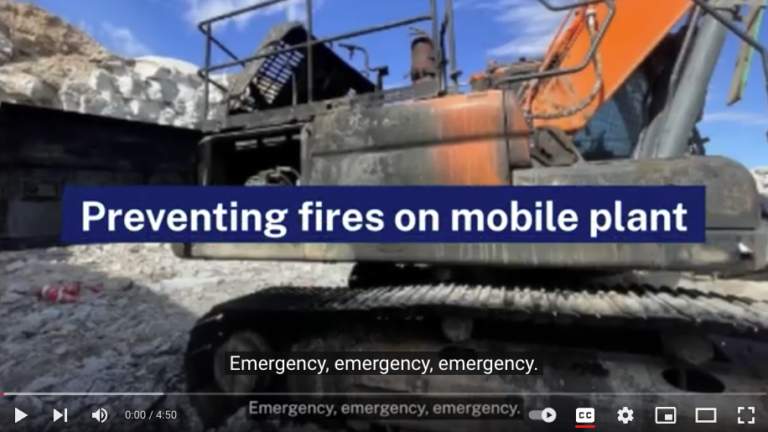
New South Wales Resources Regulator - Preventing fires on mobile plant
Fires on Fires Mobile Plant are preventable. The Resources Regulator publishes data about fires on mobile plant on an annual basis. Based on that we get around 150-200 per year consistently. Every one of those fires has the potential to be out of control. But sometimes they can cause serious injury or a near miss. The Regulator will be taking a zero tolerance approach where mine operators have not taken the appropriate steps to manage this risk.
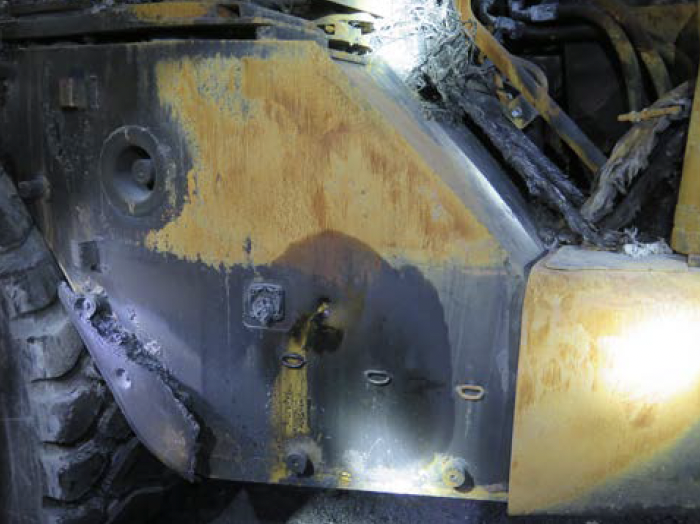
New South Wales Resources Regulator Safety Alert - Non-metallic materials add fuel to underground truck fire
A fire occurred on an agitator truck in an underground metals mine in Cobar on 13 April 2019. The fire spread quickly with non-metallic engine covers and guards adding to the fuel load and the intensity of the fire. 19 workers underground at the time had to retreat to refuge chambers while the fire was brought under control.
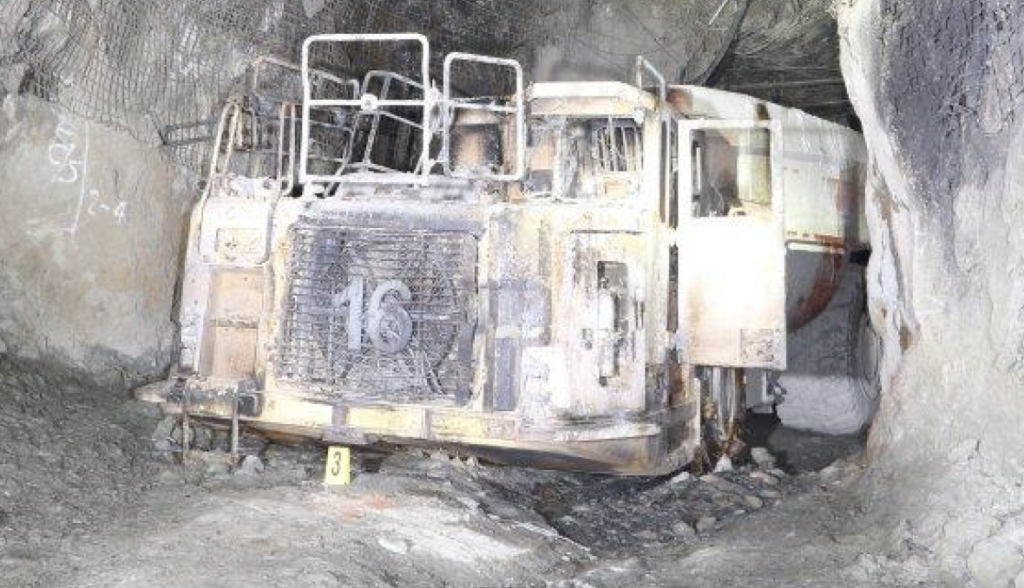
New South Wales Resources Regulator Safety Alert - Underground mine fire initiates emergency response
A 60 tonne underground mine dump truck caught fire, blocking a main decline and contaminating the ventilation in the mine. This resulted in an emergency evacuation and mines rescue response.
All mine workers underground reported to places of safety or refuge chambers, before they were subsequently brought to the surface. The fire was eventually extinguished by members of the mines rescue team. There were no injuries.
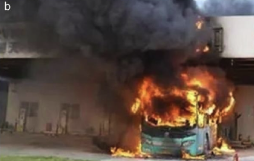
New South Wales Resources Regulator Safety Bulletin - Fire risk of battery units for underground battery electric vehicles
The use of electricity as an energy source for mains-powered mobile machinery in underground mines is common for equipment associated with mining activities. Support equipment, such as personnel transports and loaders, have been dependent on the use of diesel engines to ensure the vehicles can cover the necessary distances and work in remote locations. Lead acid batteries have been used as an alternative energy source, but the size and weight, along with charge and discharge cycle times, have limited the operational capabilities of these machines.
The development of new types of batteries, using alternative chemistries, has enabled significant increases in the energy that can be stored in a battery. These new types of batteries are smaller in size and lighter in weight. New electronic controls incorporated into the battery management systems have enabled significant improvements in the charging times and discharge/operational times.
Vehicles fitted with these new batteries are now being introduced at mine sites as replacements for diesel powered vehicles.
While battery electric vehicles manage risks to workers from exposure to hazards such as diesel particulates, noise and vibration, they introduce other risks that must be managed.
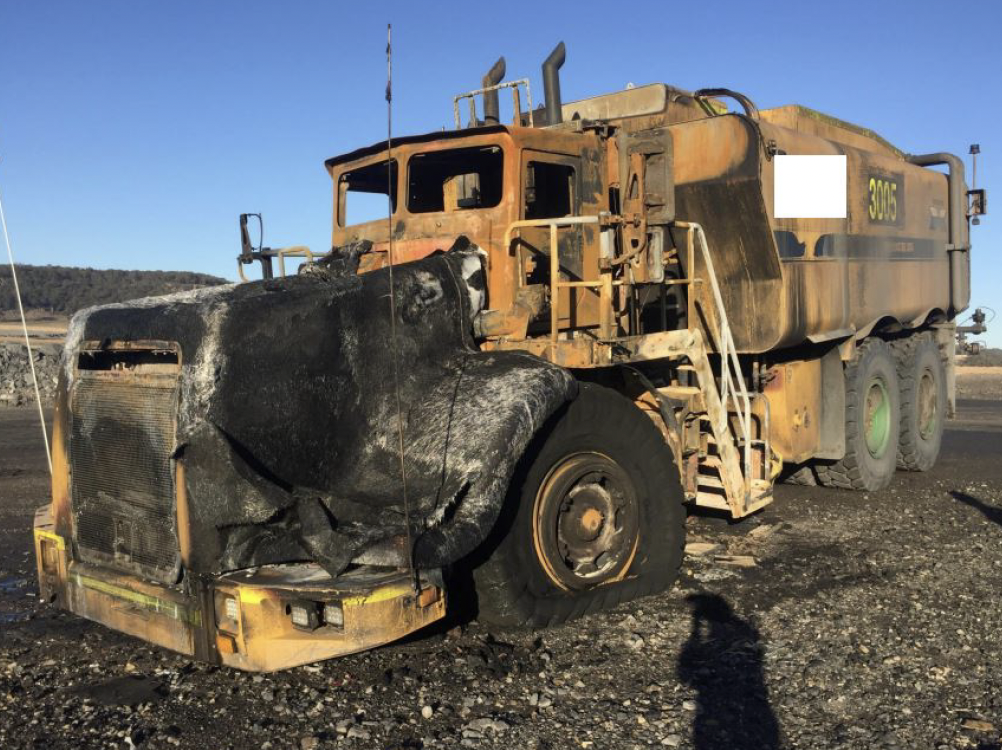
New South Wales Resources Regulator Safety Bulletin - Drive shaft failures causing fires
Several recent incidents involving universal joint or drive shaft failures resulting in fires on mobile plant has prompted the NSW Resources Regulator to issue this safety bulletin. Although no-one was injured in these incidents, different circumstances could have resulted in serious injuries or fatalities.
Two of the three incidents below involved catastrophic failure of the universal joints resulting in damage to adjacent hydraulic components from the whipping tail shaft. In both instances, the universal joint failures involved ‘lube for life’ universal joints and occurred within the original equipment manufacturer (OEM) specified operating life cycle of the component. The third incident was most likely the result of a manufacturing error in the bearing support bracket. This indicates that none of the reported incidents were caused by poor maintenance practices.
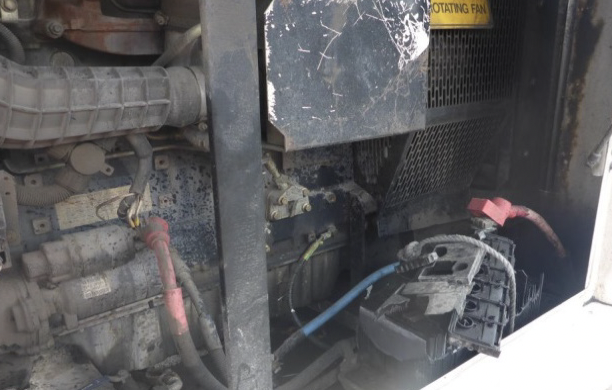
New South Wales Resources Regulator Safety Bulletin - Exploding lead acid batteries
There have been four reported explosions involving lead-acid batteries in NSW open cut coal mines since November 2015.
In two of these events, people were in close proximity to the explosions and in one of these a tradesman was sprayed with acid, although he did not suffer any injuries.
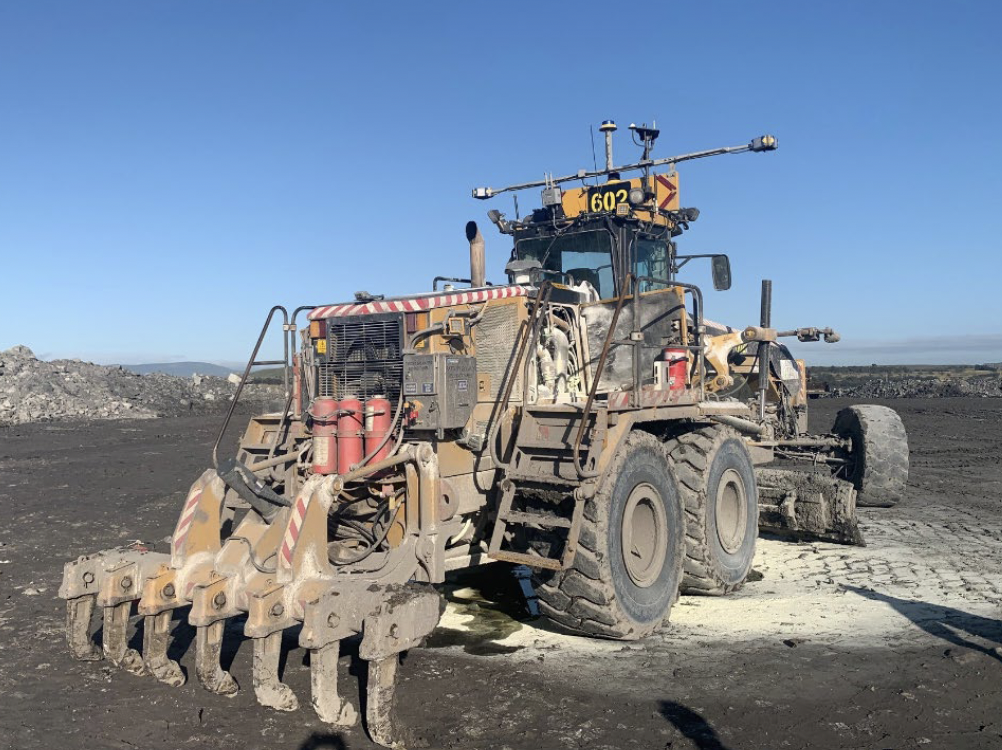
New South Wales Resources Regulator Safety Bulletin - Fires occur while refuelling plant
Since August 2017, a total of eight fires have occurred while equipment was being refuelled. In the past six months, the NSW Resources Regulator has been notified of three fires occurring on mobile plant during the refuelling activity, where the cause or significant contributing factor was the failure of the level control breather assembly.
Despite recommendations provided in a safety bulletin previously issued (SB15-03), fires and other related incidents are continuing to occur while workers refuel plant at NSW mines.
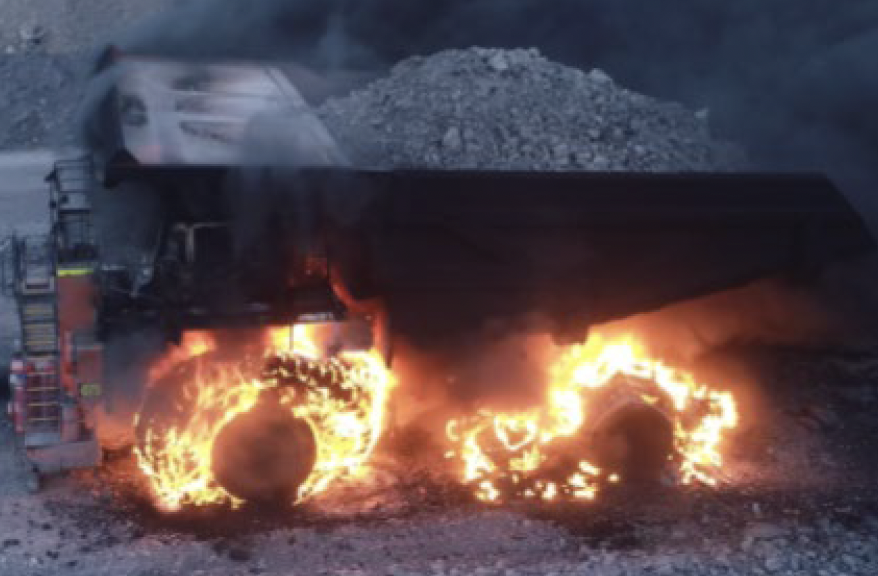
New South Wales Resources Regulator Safety Bulletin - Fires occur while servicing mobile plant
The NSW Resources Regulator has recently identified a number of incidents involving fires on mobile plant (FOMP) which have occurred shortly after maintenance and repair activities. Further analysis identified poor workmanship and human performance were key contributors to fires occurring on mobile plant in both the short and long term.
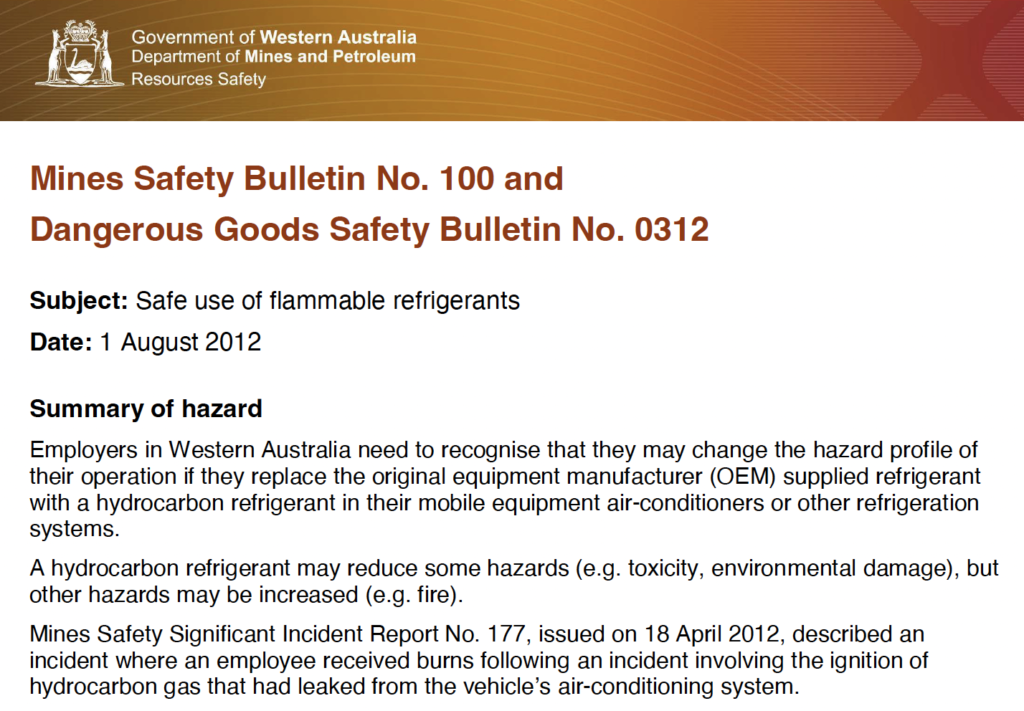
Government of Western Australia Safety Bulletin - Safe use of flammable refrigerants
Employers in Western Australia need to recognise that they may change the hazard profile of their operation if they replace the original equipment manufacturer (OEM) supplied refrigerant with a hydrocarbon refrigerant in their mobile equipment air-conditioners or other refrigeration systems. A hydrocarbon refrigerant may reduce some hazards (e.g. toxicity, environmental damage), but other hazards may be increased (e.g. fire). Mines Safety Significant Incident Report No. 177, issued on 18 April 2012, described an incident where an employee received burns following an incident involving the ignition of hydrocarbon gas that had leaked from the vehicle’s air-conditioning system.
Informative incident investigations
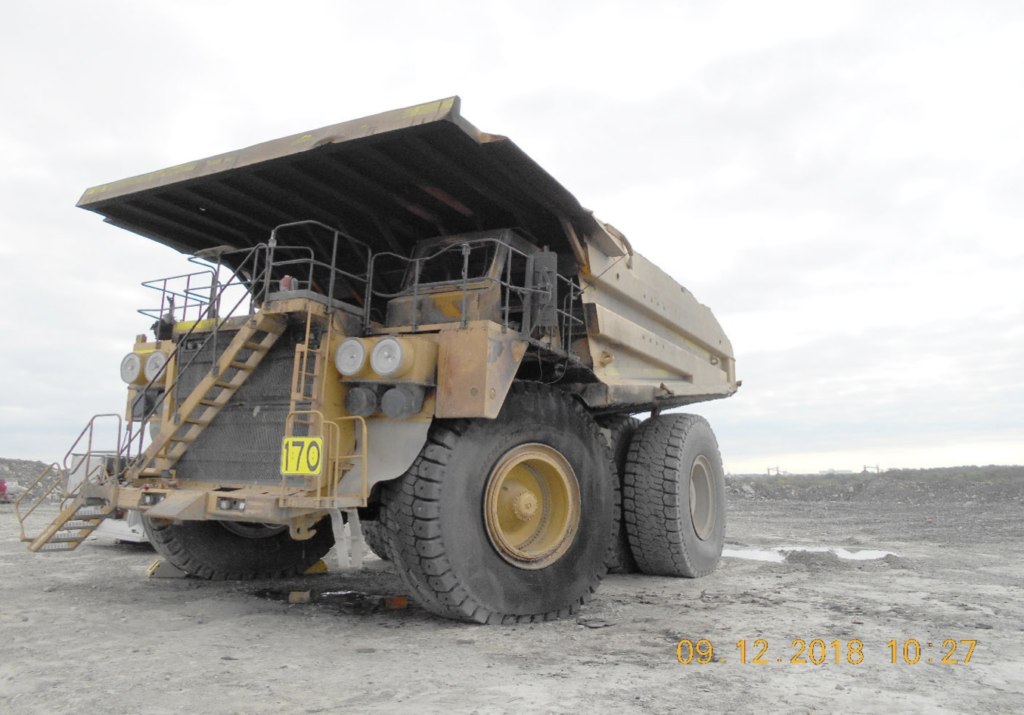
Investigation report: Fatal powered haulage accident - Asarco LLC, Arizona
On July 27, 2017, Gabriel Antonio Benitez, Heavy Truck Driver, age 41, was fatally injured when he was crushed inside his parked pickup truck by a 320-ton haul truck.
On Friday, September 7, 2018, at approximately 3:44 a.m., Robert A. Grostefon, a 60 year-old contract employee with 1 year of total mining experience, was injured after a fire ignited on the Caterpillar 793C haul truck he was operating. Grostefon received burns while exiting the cab of the haul truck. Grostefon died due to complications from his injuries on September 12, 2018.
The likely cause of the fire was a steering hose rupture on the Caterpillar 793C haul truck, company number 2-170, causing hydraulic fluid under high pressure to spray onto hot surfaces of the engine, resulting in a fast-growing fire. The mine operator did not ensure the fire suppression system was properly installed and maintained so that it could mitigate the fire as the haul truck operator escaped. Additionally, the mine operator did not ensure the primary egress stairs and the alternate egress ladder were properly installed and maintained, impeding Grostefon’s ability to escape the fire.
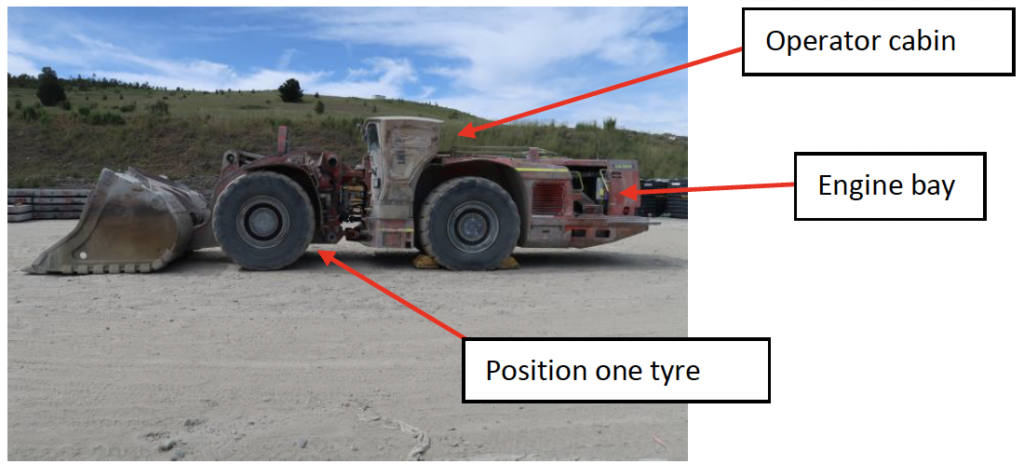
New South Wales Resources Regulator - Worker suffers serious burns in underground loader fire
A worker was operating a LH621 Sandvik loader (‘loader’) in the underground workings of the mine when he observed a fire near the front left (position one) tyre. The worker turned off the machine, activated the fire suppression system and then exited the cabin. To escape the fire, the worker ran past the rear of the loader and sustained burn injuries when he was near the engine bay. Once clear of the loader the worker rolled on the ground to extinguish his clothing which had caught fire. The worker then ran to a nearby co-worker who called an emergency via radio and transported the worker to a refuge chamber. The worker was provided first aid, evacuated to the surface and transported to hospital for treatment.

